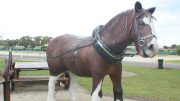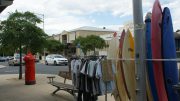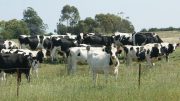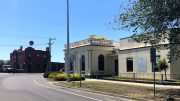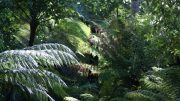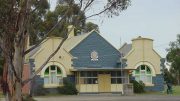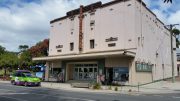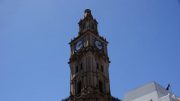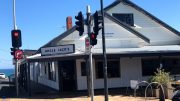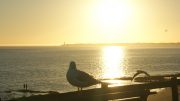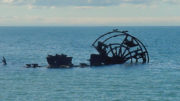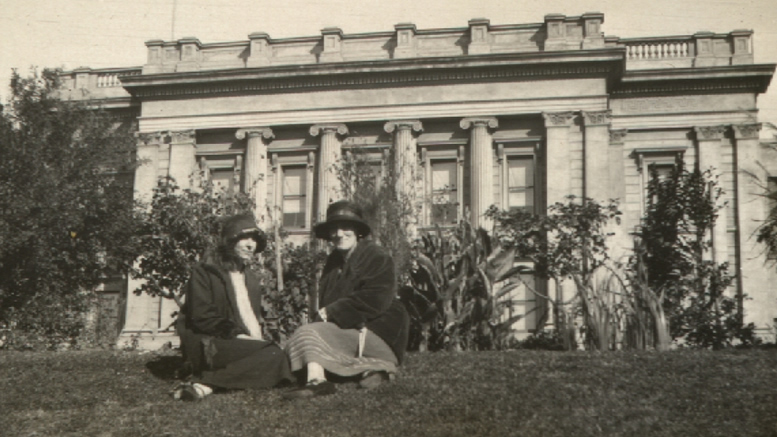
Our region is so rich in history and heritage, unlike the other parts of the state of Victoria which gained its wealth from Gold, the Geelong region worked the land to become one of the world’s biggest wool centre and large manufacturing base. Our seaside towns fought shipwrecks and hardship to become some of Australia’s most beautiful tourist destinations with some of the most spectacular beaches in the world.


